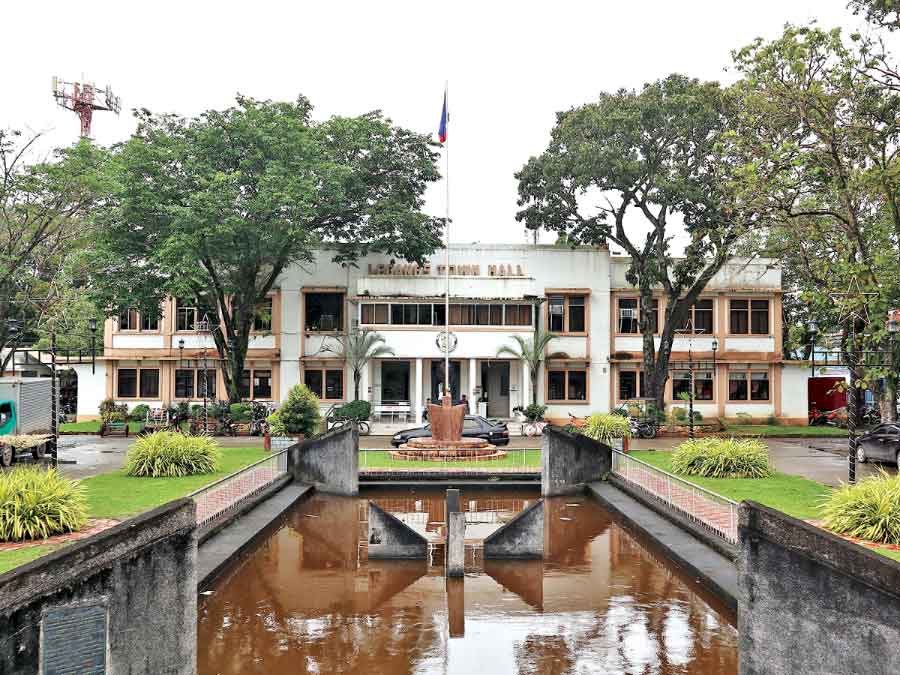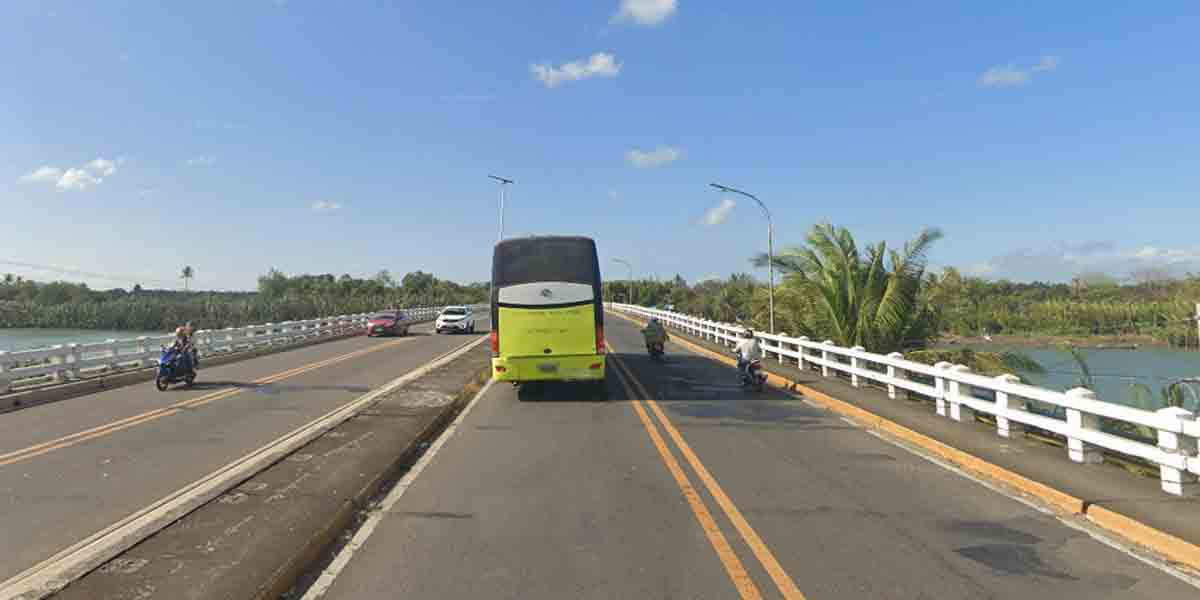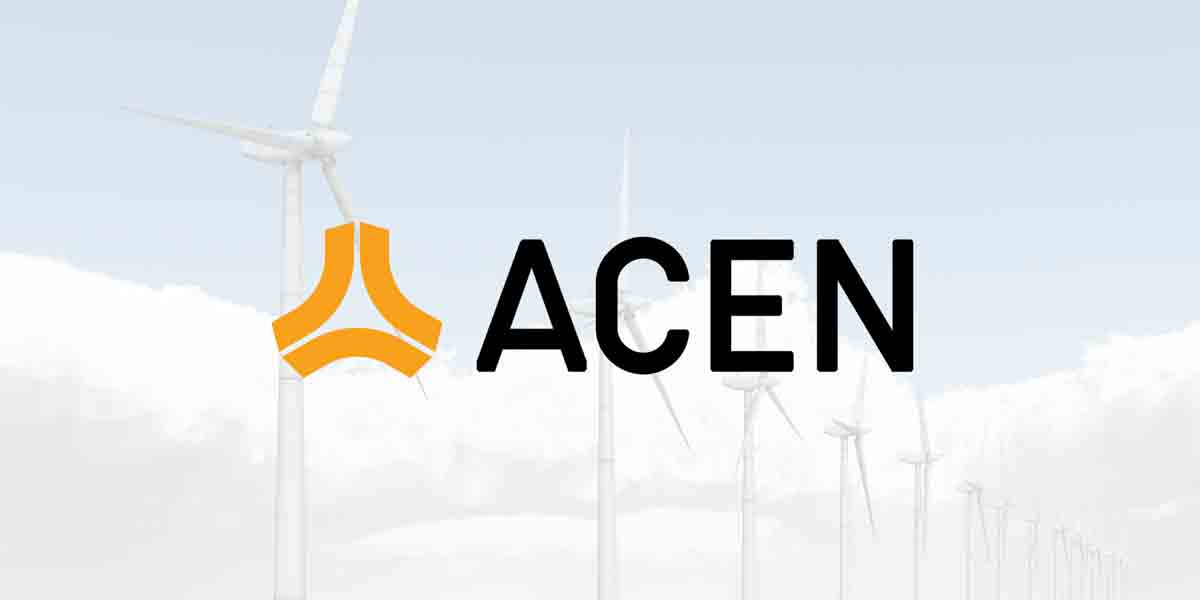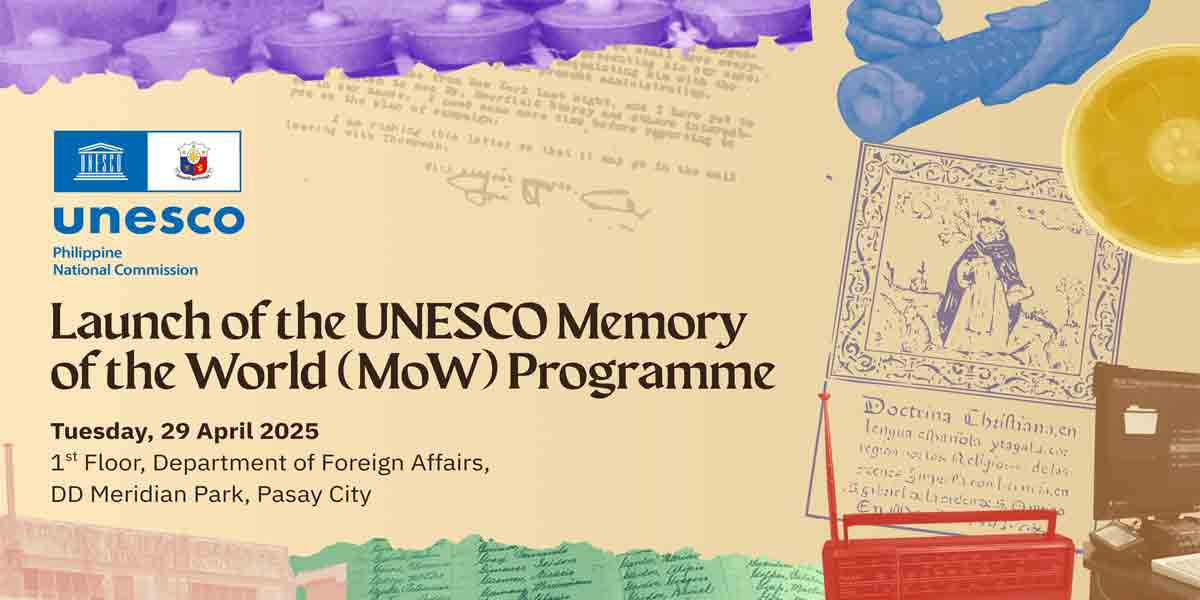
By Francis Allan Angelo
The Commission on Audit (COA) flagged a town in Iloilo province for spending more than P2 million of its Local Disaster Risk Reduction and Management Fund (LDRRMF) for job hires or job orders, which is outside the thematic areas prescribed by budgeting and other rules.
In its 2022 audit report on the finances of Leganes, Iloilo, COA noted that P2.654 million of the town’s LDRRMF was spent “outside the four thematic areas,” which is contrary to Section 21 of Republic Act 10121 (Disaster Risk Reduction & Management Act).
The spending also contravened Department of Budget and Management-Department of Interior and Local Government (DBM-DILG) Joint Memorandum Circular No. 2013-1 and National Disaster Risk Reduction and Management Council (NDRRMC), DILG, DBM and Civil Service Commission Joint Memorandum Circular No. 2014-1, “thus defeating the purpose of the fund to develop and improve the Municipality’s disaster preparedness and response capacity,” the state audit agency added.
Section 21 of RA 10121 or the Philippine Disaster Reduction and Management Act stipulates that “not less than five percent (5%) of the estimated revenue from regular sources shall be set aside as the LDRRMF to support disaster risk management activities such as, but not limited to, pre-disaster preparedness programs including training, purchasing life-saving rescue equipment, supplies and medicines, for post-disaster activities, and for the payment of premiums on calamity insurance.
“Of the amount appropriated for LDRRMF, thirty percent (30%) shall be allocated as Quick Response Fund (QRF) or stand-by fund for relief and recovery programs in order that situation and living conditions of people In communities or areas stricken by disasters, calamities, epidemics, or complex emergencies, may be normalized as quickly as possible.”
NDRRMC-DBM-DILG Joint Memorandum Circular No. 2013-1 dated March 25, 2013 provides the guidelines on the Allocation and Utilization of Local Disaster Risk Reduction and Management Fund (LDRRMF) and is categorized in four thematic areas and defined as follows:
-Disaster Prevention and Mitigation – Disaster Prevention refers to outright avoidance of adverse impacts of hazards and related disasters. It expresses the concept and intention to completely avoid potential adverse impacts through action taken in advance. Disaster Mitigation refers to measures that would lessen or limit adverse impacts of hazards and related disasters;
–Disaster Preparedness – the knowledge and capacities developed by governments, professional response and recovery organizations, communities and individuals to effectively anticipate, respond to, and recover from the impacts of likely, imminent or current hazard events or conditions. Preparedness action is carried out within the context of disaster risk reduction and management and aims to build the capabilities needed to efficiently manage all types of emergencies and achieve orderly transitions from response to sustained recovery;
-Disaster Response which refers to the provision of emergency services and public assistance during or immediately after a disaster in order to save lives, reduce negative health impacts, ensure public safety and meet the basic subsistence needs of the people affected. Disaster response is predominantly focused on immediate and short-term needs and is sometimes called “disaster relief”;
-Disaster Rehabilitation and Recovery – Rehabilitation refers to measures that ensure the ability of affected communities and/or areas to restore their normal level of functioning by rebuilding/rehabilitating damaged infrastructures. Post Disaster Recovery refers to the restoration and improvement where appropriate, of facilities, livelihood and living conditions of disaster-affected communities, including efforts to reduce disaster risk factors, in accordance with the principle of “build back better.”
Section 4.3 of NDRRMC, DILG, DBM and CSC Joint Memorandum Circular No. 2014-1, dated April 4, 2014 or the Policy Guidelines for the Establishment of Local DRRM Offices also provides that:
-The budgetary requirements for personal services, maintenance and other operating expenditures, and capital outlay of the LDRRM Office shall be sourced from the General Fund of the LGU, subject to Section 76 of RA 7160 (Local Government Code of 1991).
P2.6M FOR SALARIES
Citing a summary of appropriation and utilization of the 5% DRRMF of Leganes for 2022, COA noted that the municipal government set aside P6.036 million for the 70% mitigation fund and P2.58 million for the 30% QRF or a total of P8.62 million.
The town government spent P5.11 million of the 70% mitigation fund while the 30% QRF remained untouched, with ending balance at P3.510 million.
But a review of the Programs/Projects/Activities charged to LDRRMF of the municipality indicated that the bulk of the transactions totaling P2.654 million “were not under the four thematic areas as stated in NDRRMC-DBM-DILG Joint Memorandum Circular No. 2013-1,” according to the audit report.
The audit report noted that P2.654 million was spent on the salaries and wages of job hires/job orders (JH/JO) assigned to the Municipal Disaster Risk Reduction and Management Office for the following works:
-Formulation and Updating of LDRRM Plan and other DRR related plans, response policies and systems;
-Upgrading of an Operation Center with adequate facilities, equipment, tools and medical supplies;
-Operation of 24/7 Emergency Response Teams and other response cluster;
-Identification of susceptible community assets.
“…The wages of JOs (job orders) totaled to ₱2.654 million or 51.92 percent of the current year’s (2022) 70 percent mitigation fund appropriation leaving only less than 50 percent for other priority projects. It is worth mentioning that wages of the job hires are not considered as priority project or activity for disaster preparedness,” the audit report said.
COA added that as provided in the NDRRMC, DILG, DBM and CSC Joint Memorandum Circular No. 2014-1, “the budgetary requirements for Personal Services, Maintenance and Other Operating Expenditures, and Capital Outlay of the LDRRMO (Local Disaster Risk Reduction and Management Office) shall be sourced from the General Fund of the LGU (Local Government Unit).”
“This has been part of the prior year’s observations which remained unimplemented. Charging items outside the four thematic areas against the DRRM funds minimizes its availability for the intended purpose which is to develop and improve the Municipality’s disaster preparedness and response capacity,” the report added.
COA noted that the local government has agreed to make proper charges out of the DRRM fund “taking into consideration the guidelines regarding the allocation and utilization of the fund provided for in DBM-DILG Joint Memorandum Circular No. 2013-1 and other pertinent guidelines for LDRRMF for a more developed and improved disaster preparedness and response capabilities.”
The audit observation was communicated to the local government of Leganes through Audit Observation Memorandum No. 2023-008 dated May 2, 2023.



















